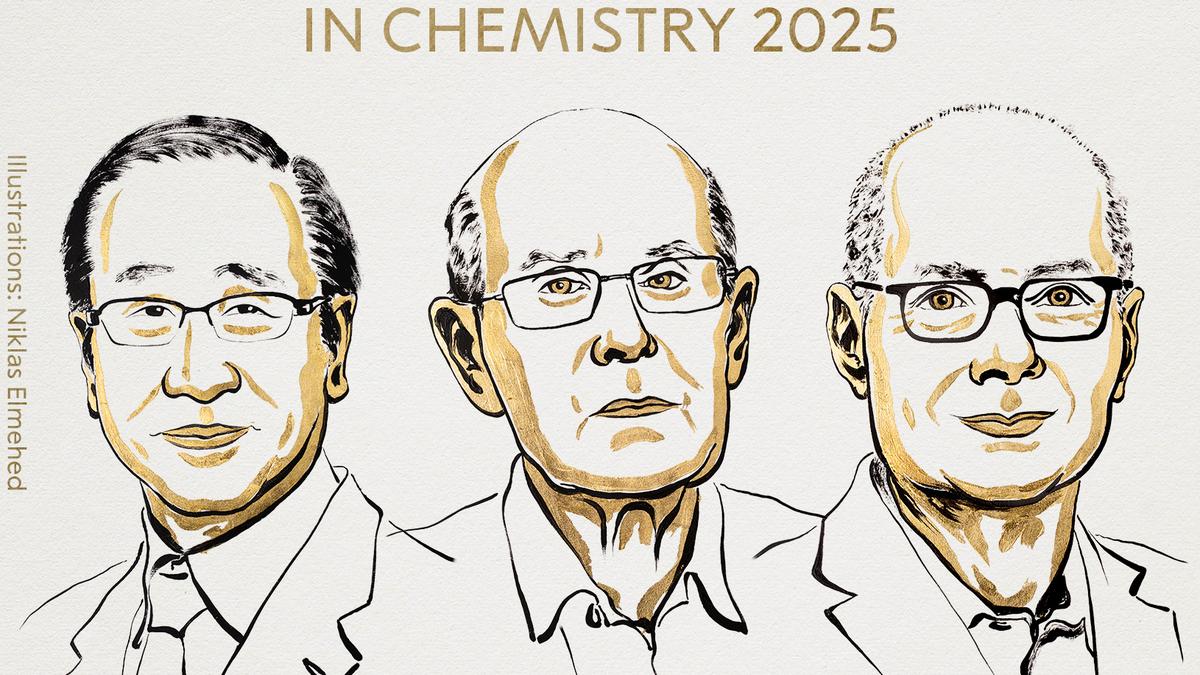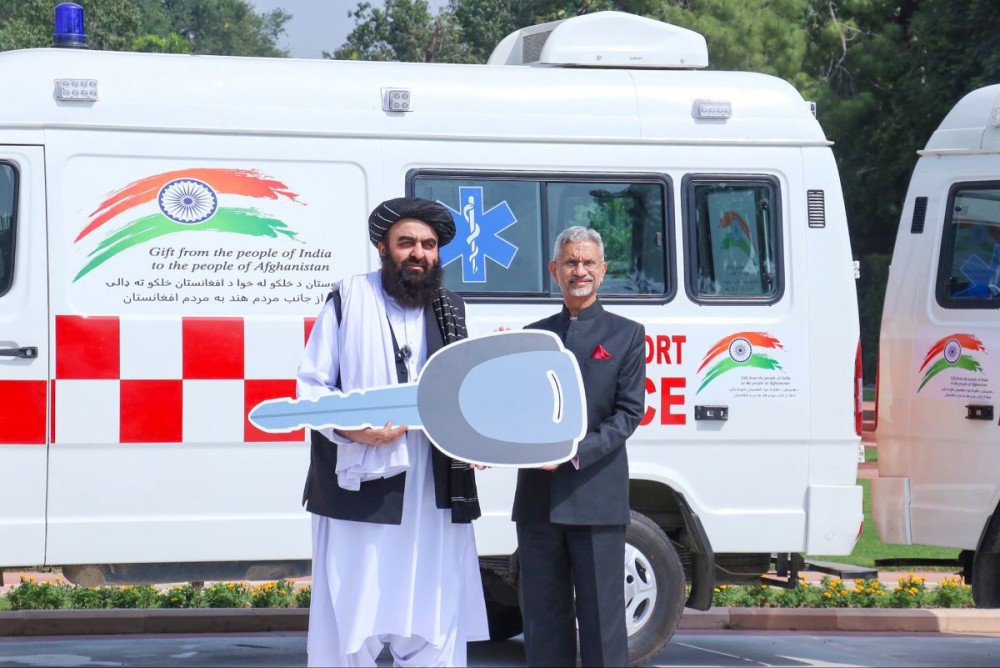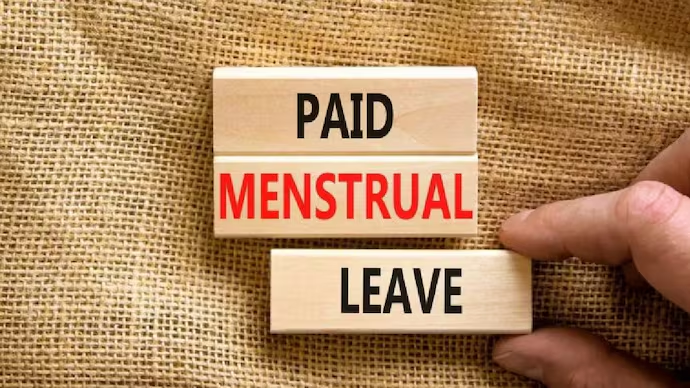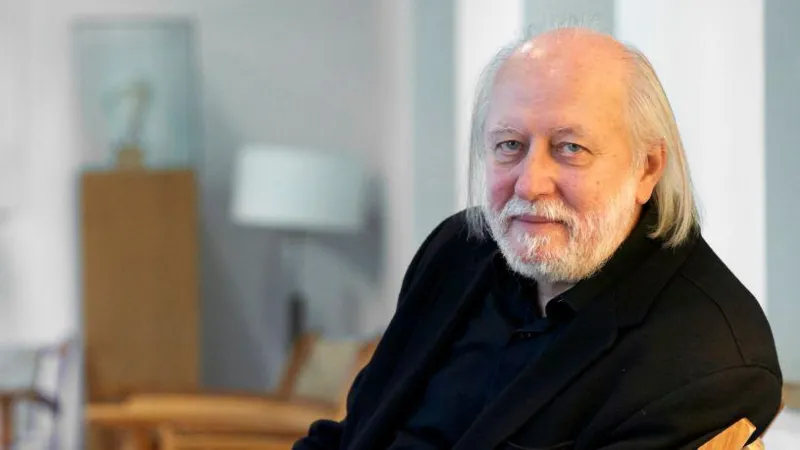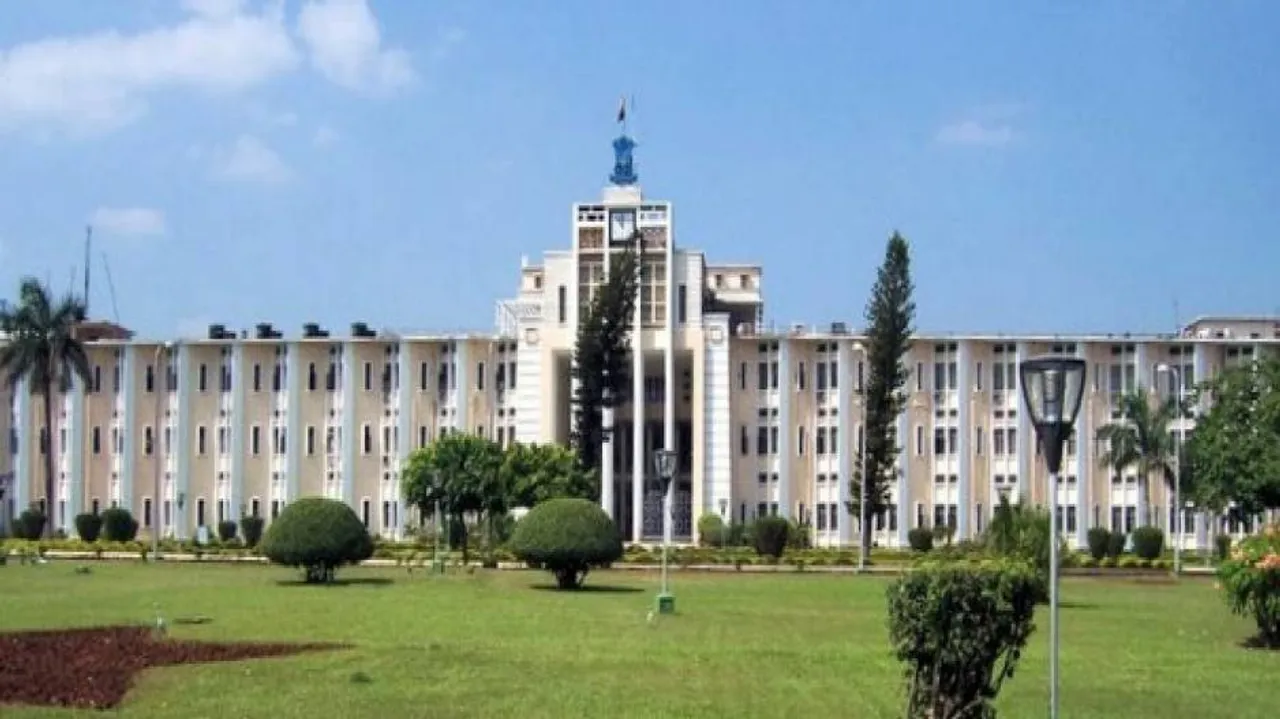Oct 8, 2025: The Royal Swedish Academy of Sciences has awarded the 2025 Nobel Prize in Chemistry to Susumu Kitagawa, Richard Robson, and Omar M. Yaghi for their pioneering work on metal–organic frameworks (MOFs), a class of materials with vast potential in environmental and industrial applications.
Revolutionising Chemistry with MOFs
The laureates developed molecular constructions with spacious internal structures through which gases and chemicals can move freely. These MOFs can:
-
Harvest water from desert air
-
Capture and store carbon dioxide
-
Trap toxic gases
-
Serve as catalysts in chemical reactions
The breakthrough has transformed how chemists design materials with porous architectures, enabling advances in sustainability and clean energy.
From Instability to Stability
In 1989, Richard Robson combined copper ions with a four-armed molecule to build a novel structure. While innovative, the framework lacked stability and collapsed easily.
Building on this, Susumu Kitagawa showed that gases could flow through MOFs and predicted their flexibility, while Omar Yaghi created a highly stable MOF and demonstrated that these frameworks could be engineered with new properties through rational design.
A Week of Nobel Announcements
The Chemistry Prize follows earlier awards this week:
-
Medicine Nobel (Oct 6): Mary E. Brunkow, Fred Ramsdell, and Shimon Sakaguchi for discovering regulatory T cells.
-
Physics Nobel (Oct 7): John Clarke, Michel Devoret, and John Martinis for demonstrating quantum tunnelling in devices.
Upcoming announcements:
-
Literature (Oct 9)
-
Peace (Oct 10)
-
Economic Sciences (Oct 13)
Prize Details
The Nobel Prizes carry a cash award of 11 million Swedish kronor (approx. ₹1.03 crore) and will be presented in Stockholm on December 10, 2025.
Created by Alfred Nobel, the prizes honour those who have made the “greatest benefit to humankind” through their discoveries.


